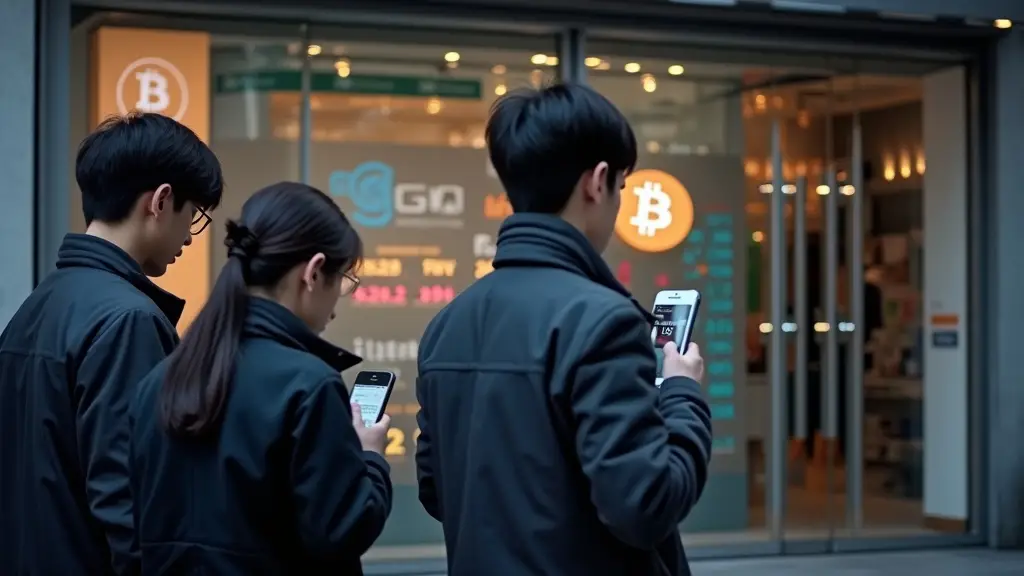Bitcoin’s South Korean Price Dynamics
Bitcoin’s pricing in South Korea typically commands a premium compared to global weighted averages, a phenomenon often referred to as the “Kimchi Premium.” However, this established trend recently flipped, with Bitcoin selling at a discount in the South Korean market. Data from cryptoquant.com indicates that this discount persisted for 22 consecutive days, beginning on July 8, 2025.
This unusual pricing gap sparked considerable interest and discussion within the cryptocurrency community. The existence of a discount suggests a temporary imbalance between supply and demand within the Korean market, where local selling pressure or reduced buying interest pushed prices below the international benchmark. Understanding these dynamics is crucial for investors and traders monitoring regional market behaviours and potential arbitrage opportunities.
The Steepest Discount and Subsequent Recovery
Nine days prior to the recent update, Bitcoin was experiencing its steepest discount of the year in South Korea. Bitcoin.com News had highlighted this significant pricing gap, noting that by July 22, Bitcoin was trading a substantial 2.02% below the global weighted average. This marked a notable deviation from its usual premium status. However, the market quickly began to correct itself.
The very next day, July 23, saw a noticeable recovery, with Bitcoin’s price gap in South Korean won narrowing to 1.18%. This shift indicated a positive change in market sentiment or activity. The trend of the price gap shrinking has continued steadily since then, demonstrating the market’s ability to self-correct and move towards equilibrium.
The Narrowing Price Gap: A Sign of Recovery
The most recent data confirms a significant tightening of the Bitcoin price gap in South Korea. Although it briefly widened to around 1.56% three days prior, it had tightened dramatically to just 0.32% by yesterday. As of 9:45 a.m. Eastern on Wednesday, July 30, the discount sits near 0.40%. This rapid narrowing of the price difference is a strong indicator that the South Korean Bitcoin market is recovering from its deepest discount of the year. The global average price stood at $117,677 per coin, while South Korea’s price was $117,208, illustrating the minimal difference. This convergence suggests that the factors contributing to the previous discount are diminishing, and the market is returning to a more normalised state.
Factors Influencing the Korean Price Discrepancy
The existence of a Bitcoin price gap on South Korean exchanges is primarily a reflection of local market dynamics, particularly softer local demand. In such a scenario, a lighter buying interest or heavier selling pressure within Korean shores can push Bitcoin prices below the global average. This can be influenced by various factors, including local regulatory changes, macroeconomic conditions within South Korea, or shifts in investor sentiment specific to that region. When domestic demand wanes or supply increases, the local price can decouple from international rates, creating these temporary disparities. Understanding these localised supply and demand imbalances is key to interpreting why such price gaps emerge and persist for certain periods.
Arbitrage and Renewed Domestic Interest
The closing of the Bitcoin price gap in South Korea suggests two primary mechanisms at play. Firstly, it appears that arbitrage desks may have quietly stepped in through indirect routes. Arbitrageurs seek to profit from price differences between markets by simultaneously buying an asset in one market where it’s cheaper and selling it in another where it’s more expensive. While direct arbitrage can be challenging due to capital controls and regulatory hurdles, indirect routes can still facilitate this process.
Secondly, the narrowing gap could indicate that domestic interest in Bitcoin is slowly picking back up. As sentiment steadies and local traders become aware of the lingering discount, they may move to take advantage of the lower prices, leading to increased buying activity within South Korea and helping to realign prices with the global average.
Market Dynamics and Investor Behaviour
The fluctuations in Bitcoin’s price gap in South Korea offer valuable insights into market dynamics and investor behaviour in regional markets. The initial emergence of a significant discount highlights how local factors can temporarily override global pricing trends. However, the rapid tightening of this gap demonstrates the efficiency of market mechanisms, even in the decentralised cryptocurrency space. It underscores how opportunities for arbitrage, combined with a natural return of domestic interest, can quickly re-establish price equilibrium.
For investors, observing these regional price discrepancies can provide cues about underlying demand and supply pressures, as well as potential short-term trading opportunities. The recovery of the Korean market from its deepest discount signals a return to more typical trading patterns and a stabilisation of local sentiment.
Implications for Global Bitcoin Markets
The tightening of Bitcoin’s South Korean price gap carries broader implications for global Bitcoin markets. It suggests that even in a highly interconnected global asset class, regional market inefficiencies can arise, but they tend to be temporary. The swift correction indicates robust market mechanisms that work to normalise prices across different jurisdictions. For the overall Bitcoin ecosystem, the reduction of significant price disparities across major trading regions contributes to a healthier and more efficient global market.
It reinforces the idea that while local factors can create temporary deviations, the fundamental forces of supply and demand, coupled with arbitrage activities, ultimately drive prices towards a global consensus. This development is a positive sign for market maturity and liquidity, ensuring that Bitcoin’s value remains relatively consistent across major trading hubs.























